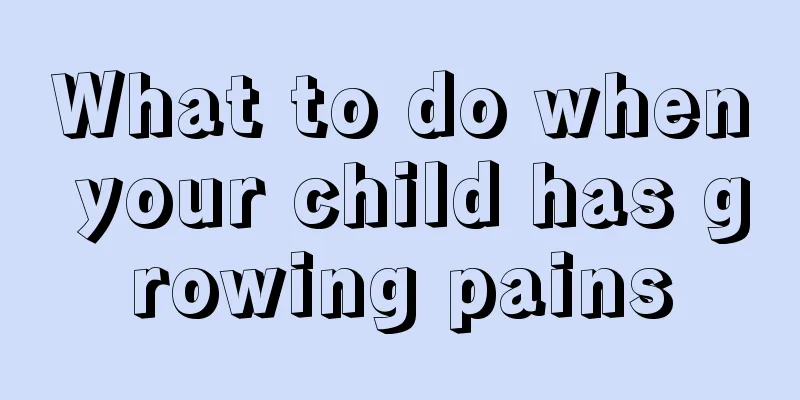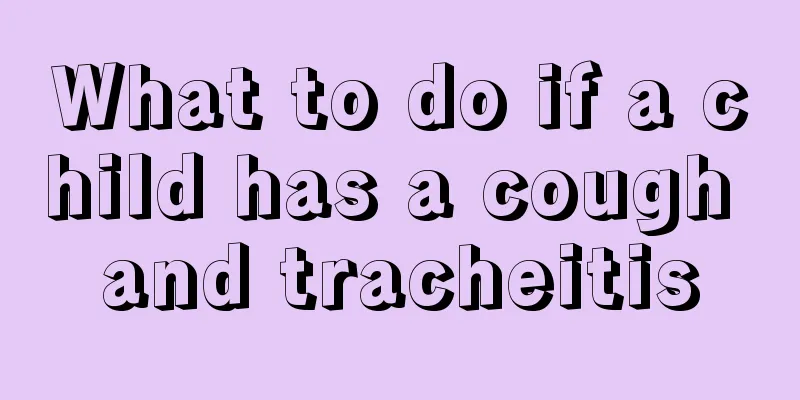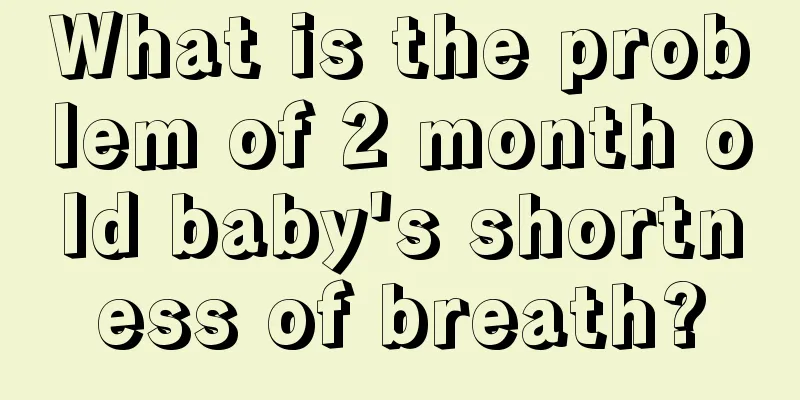Why does my baby’s pores stand up when he has a fever?

|
When a baby has a fever, the blood vessels around the baby will contract, so the pores will stand up. Generally, this situation indicates that the baby's body temperature will still rise. Parents need to pay attention. If the baby has a fever, they must go to the hospital in time to find out the cause and then treat the symptoms. There are many reasons for the baby's fever, but it is best for parents to use medication under the guidance of a doctor. What food should children eat when they have a fever For babies with fever, parents must give them plenty of water and a large amount of inorganic salts and vitamins, and provide appropriate amounts of heat energy and protein. At the same time, you must pay attention to a diet that is mainly liquid and semi-liquid, and it is recommended to eat small and frequent meals. Give children with fever more milk, rice soup and other nutritious and easily digestible foods. 1. Rice soup. When a child has a fever, the best food to eat is rice porridge or rice soup. This type of food is rich in nutrients and contains sufficient water, making it easier for the sick child's stomach to absorb. The method of making rice porridge is very simple. Just put rice in a pot and add appropriate amount of water. When giving it to children, you may want to add appropriate amount of sugar so that children will be more willing to eat it. 2. Mung bean soup. Mung beans are benign and have the effects of clearing away heat, detoxifying and relieving summer heat. 3. Fresh fruit juice. In summer, you can drink watermelon juice, which has the effects of clearing away heat, quenching thirst, and diuresis; in autumn and winter, you can drink fresh pear juice, which has the effects of moistening the lungs, clearing the heart, relieving cough, and removing phlegm; fresh orange juice has the effects of removing dampness, resolving phlegm, clearing the lungs, and unblocking the meridians. What to do if your child has a fever and vomits 1. If the vomiting is caused by spitting up milk, the child should be gently held upright after each feeding, with the head resting on the adult's shoulders, and then the child's back should be gently patted. It helps to expel the air swallowed into the stomach and avoid vomiting. 2. If a child has projectile vomiting 2-3 weeks after birth and does not gain weight, take the child to see a doctor as soon as possible to determine whether there is congenital stenosis of the pyloric stenosis. Once the diagnosis is confirmed, take effective treatment measures in time to prevent the intestines from being unable to absorb nutrients normally, affecting the child's weight gain, or even causing dehydration. 3. If the child cries obviously when vomiting, pay attention to observe whether there is abnormal stool discharge, such as sauce-like stool; whether abdominal pain like intestinal spasm occurs several times. The above symptoms may be caused by intussusception. Take the child to the hospital as soon as possible for diagnosis and take measures such as enema to restore the intussusception to normal. Surgical treatment is required if necessary. 4. If a child has a painless swelling around the navel or thigh, and it gets bigger when coughing or crying, it may be a hernia. You can put your index and middle fingers together and gently try to push the mass back into the abdominal cavity and see if it continues to grow. If the hernia cannot be pushed back into the abdominal cavity, continues to grow, and causes severe abdominal pain and vomiting, it indicates that the hernia has become incarcerated and requires immediate hospitalization for surgery, especially for children under six months old. 5. If the child keeps crying in addition to vomiting, and always pulls or rubs his ears with his hands, and has a high fever of 39°C and purulent secretions in the ear canal, he may have otitis media. Do not clean children's ears at will, and ask a doctor for anti-inflammatory treatment immediately. 6. If the vomiting is caused by gastroenteritis or upper respiratory tract infection, it will be accompanied by other corresponding symptoms. The former experiences diarrhea, abdominal pain, loss of appetite, etc., while the latter experiences runny nose, sneezing, body aches, etc. Take targeted anti-infection treatment under the guidance of a doctor as early as possible. 7. If a child vomits repeatedly or has diarrhea, or has a high fever of over 38°C, parents should take the child to see a doctor as soon as possible to avoid delaying the treatment, especially if the child is dehydrated. |
<<: What is the cause of blood in the child's urine?
>>: What to do if a 7-year-old boy has toothache
Recommend
Symptoms of functional dyspepsia in children: know them early and prevent them early!
Children have relatively poor resistance and weak...
How to improve children's allergic constitution
Many people have allergic constitution, and this ...
Is it right to drink apple water when the baby is constipated?
Constipation is a common disease. Not only adults...
What are the recipes for six-month-old babies?
Although breast milk is the best thing for childr...
The child has a broken ear
Children are gifts from God to their parents. Eve...
What medicine should I use for baby's angular cheilitis
When a baby has angular cheilitis, the corners of...
Reasons for dark green stools in babies
Today's babies need special attention in care...
How to improve baby's digestive system?
Generally speaking, the digestive system function...
How to correct a baby's crooked head?
Many unexpected situations may occur during the g...
Is a bloated belly dangerous for premature babies?
It is quite common for premature babies to have b...
Solution to blue sides of baby's nose
Every baby is the happiness of the whole family, ...
Why is the little boy's genitals swollen?
If parents find that a little boy's genitals ...
What should I do if my child has a fever of 40 degrees at night?
When children are young, their physical constitut...
What materials are good for children's dental fillings?
There are actually quite a lot of materials that ...
What should I do if my 4-year-old child has cavities?
It is not uncommon for children to have cavities....









